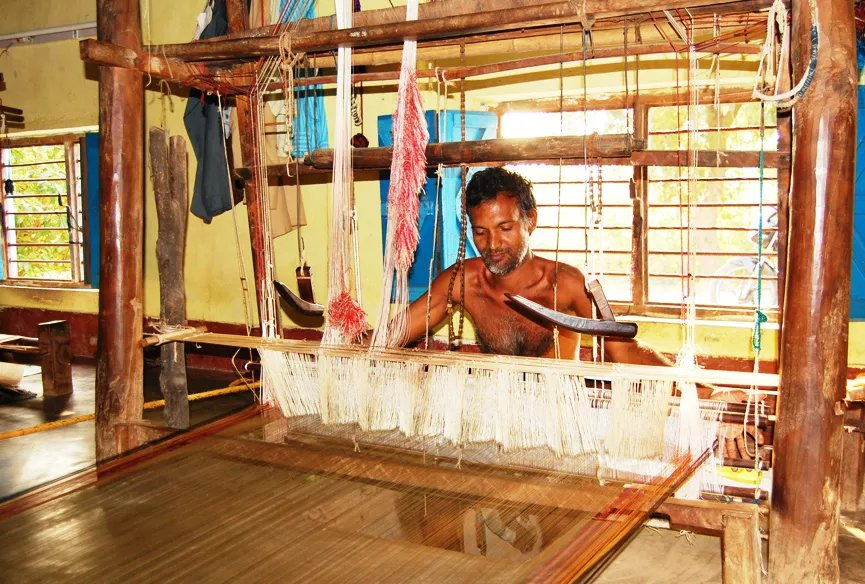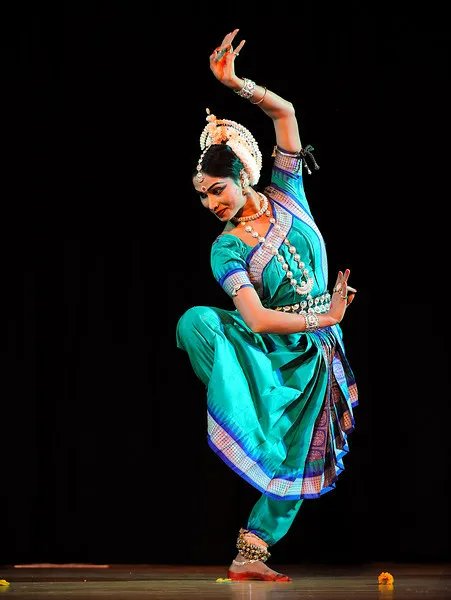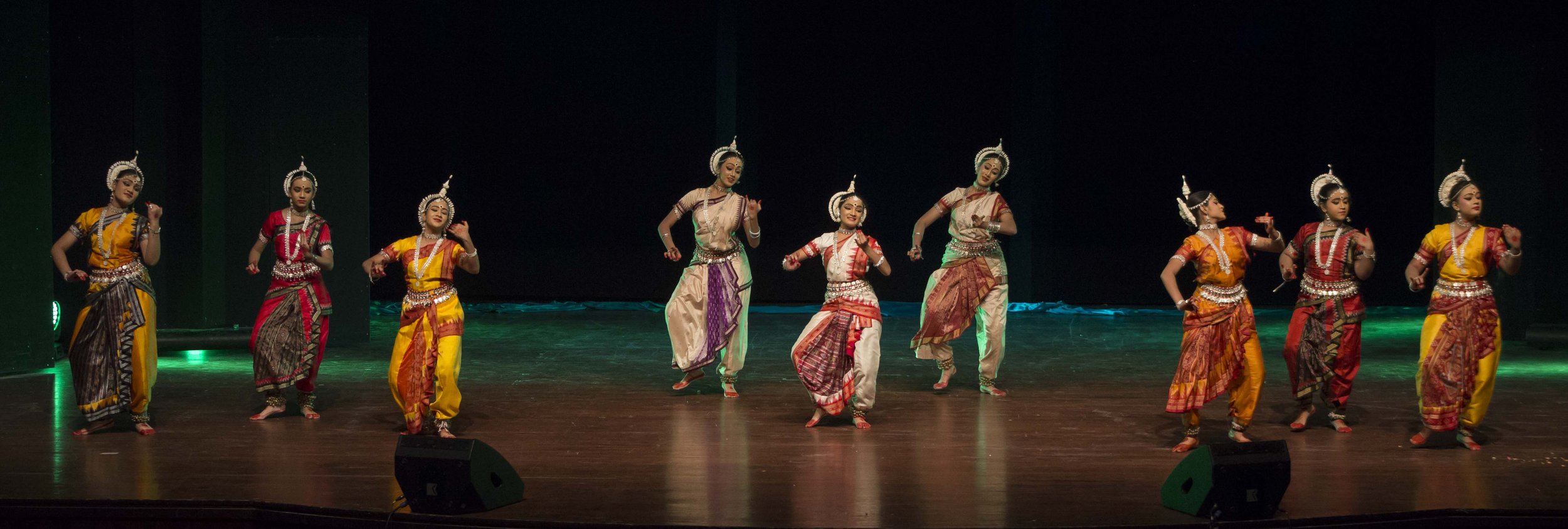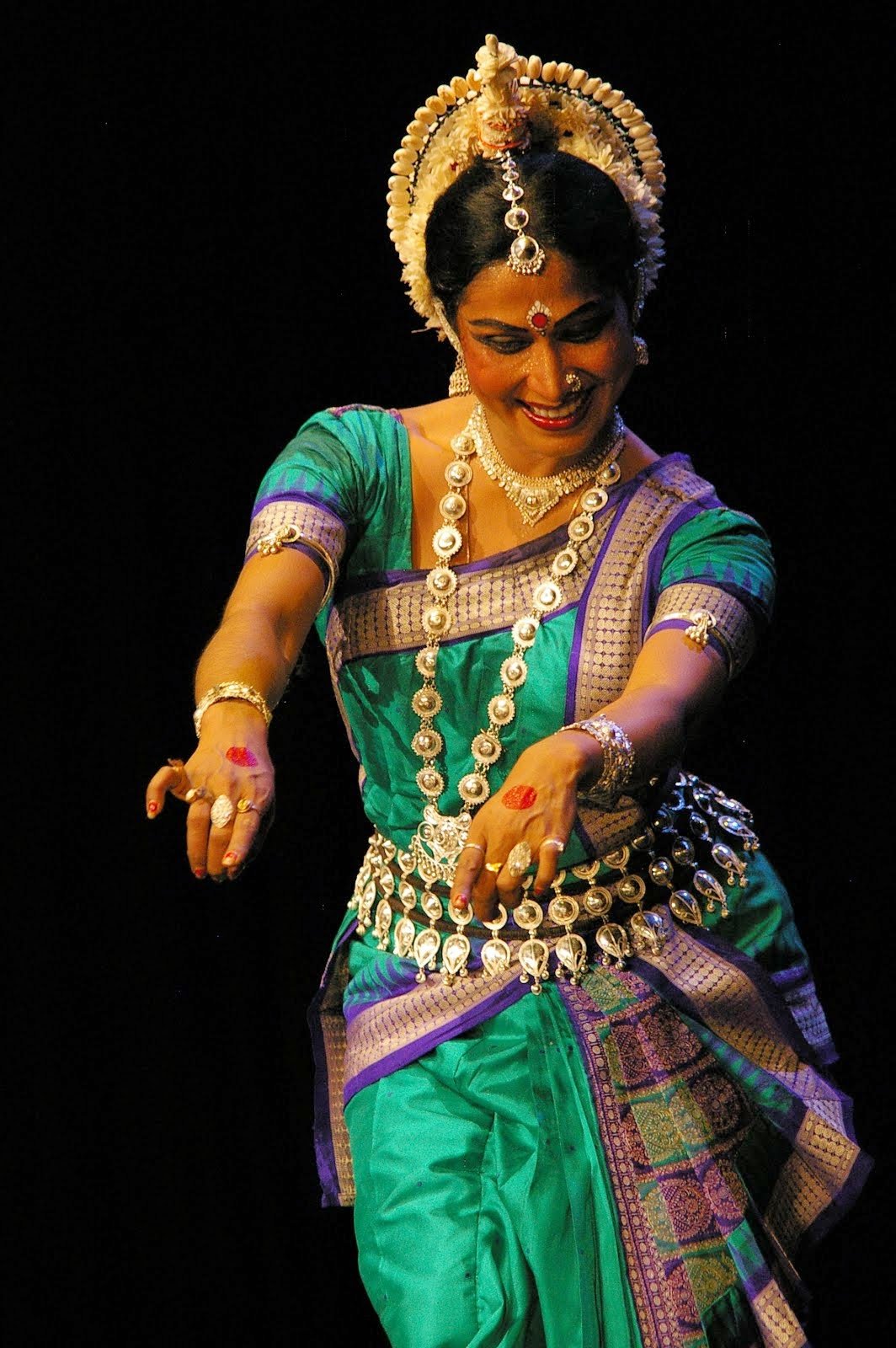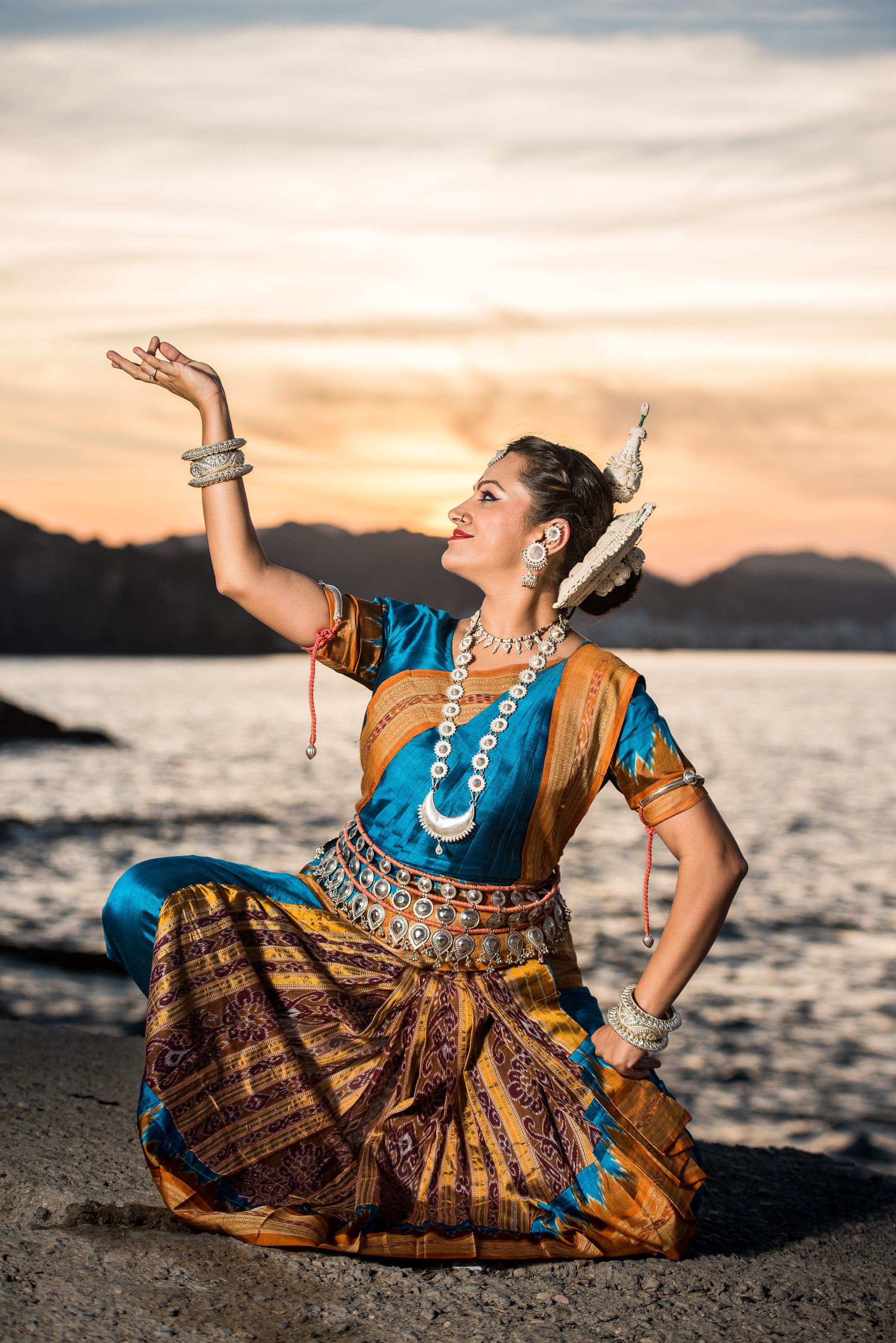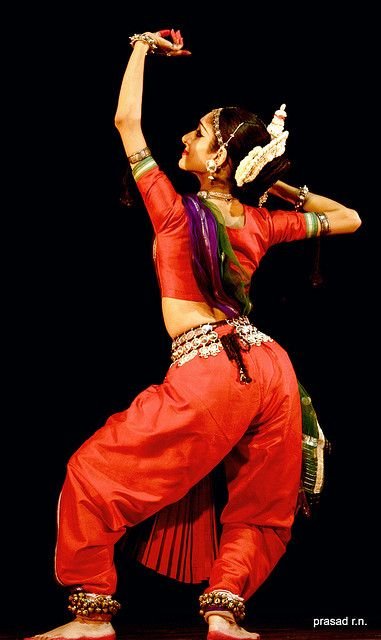The Glorious Odissi Sari
Odissi is a sensual, lyrical and exceptionally graceful dance. Every aspect of odissi focuses on bringing out the intricacies of movement in dance. The costume, jewellery and makeup for odissi also reflect the same subtle nuances of the dance form.
The Sari worn by Odissi dancers are characterised by features of traditional prints of Odisha, special borders, intricate designs and a shiny embellishment. This costume is draped around the body in unique traditional way unlike other classical dance forms of India. Sambalpuri Sari and Bomkai Sari are preferred in Odissi dance over other type of Saris.
Sambalpuri Sari is made from fabric woven on a hand-loom and is popular throughout India. Varieties of the Sambalpuri sari include Sonepuri, Pasapali, Bomkai, Barpali, and Bapta saris depending on where the saree comes from. Most of them have been named after their places of origin and are popularly known as Pata.
Image: Unstitched Sambalpuri Saree
Bomkai Saris are woven on a pit loom. Bomkai, which is also known as Sonepuri, is an extraordinary fabric that results from the confluence of two extremely popular components of the Orissa textile industry. It is an outcome of Ikat and embroidery interwoven into each other.
Bomkai Sari is named after the village where the craft was practiced. Using a time consuming weaving technique the field wrap threads are cut and then retied to different coloured wraps to create the unusually large pallu. This pallu is usually used to make the fan of the odissi costume.
FABRIC AND DESIGN
Sambalpuri fabrics reflect an original style of craft known as Baandha. Baandha fabric is created using a tie-dye technique. The yarns are tied according to the desired patterns to prevent absorption of dyes, and then dyed. The yarns or set of yarns so produced is called ‘Baandha’. The unique feature of this form of designing is that the designs are reflected almost identically on both side of the fabric. Once the fabric is dyed it can never be bleached into other colours. This versatile technique enables a craftsman to weave colourful designs, patterns and images into a fabric capable of inspiring a thought or conveying a message.
SARIS THAT TELL REAL STORIES
Historical records available at the Jagannath Temple in Puri dating back to 1719 indicate the verses from the Geet Govinda were woven into cloth donated to the temple. Motifs such as the temple border, lotus, conch and wheel signify the affinity with the reigning deity.
The Konark wheel and drawings from the Puri temple are present in almost all Odissi saris. It is these little details that ties us to the tradition and culture of Orissa.
PARTS OF THE COSTUME
The Odissi Sari also called the Patta sari, is usually a brightly coloured silk sari which is nine yards long with a blouse called the Kanchula, which is embellished with diverse stones and gold and silver thread. An apron-like silk cloth, known as the ‘nibibhanda,’ is tied from the waist like a frill worn around the legs. The waistband, called the Jhobha, is a length of cord with tasseled ends. ‘Komchila’ is the richly embroidered blouse.
EVOLVING COSTUMES
Like everything else around us, dance costumes have evolved over the years and dancers have picked and dropped different elements of costume. Depending on the characters played by the dancer, the influence of local culture and sometimes just the dancer’s personal taste; odissi costumes now exist in different patterns and styles.
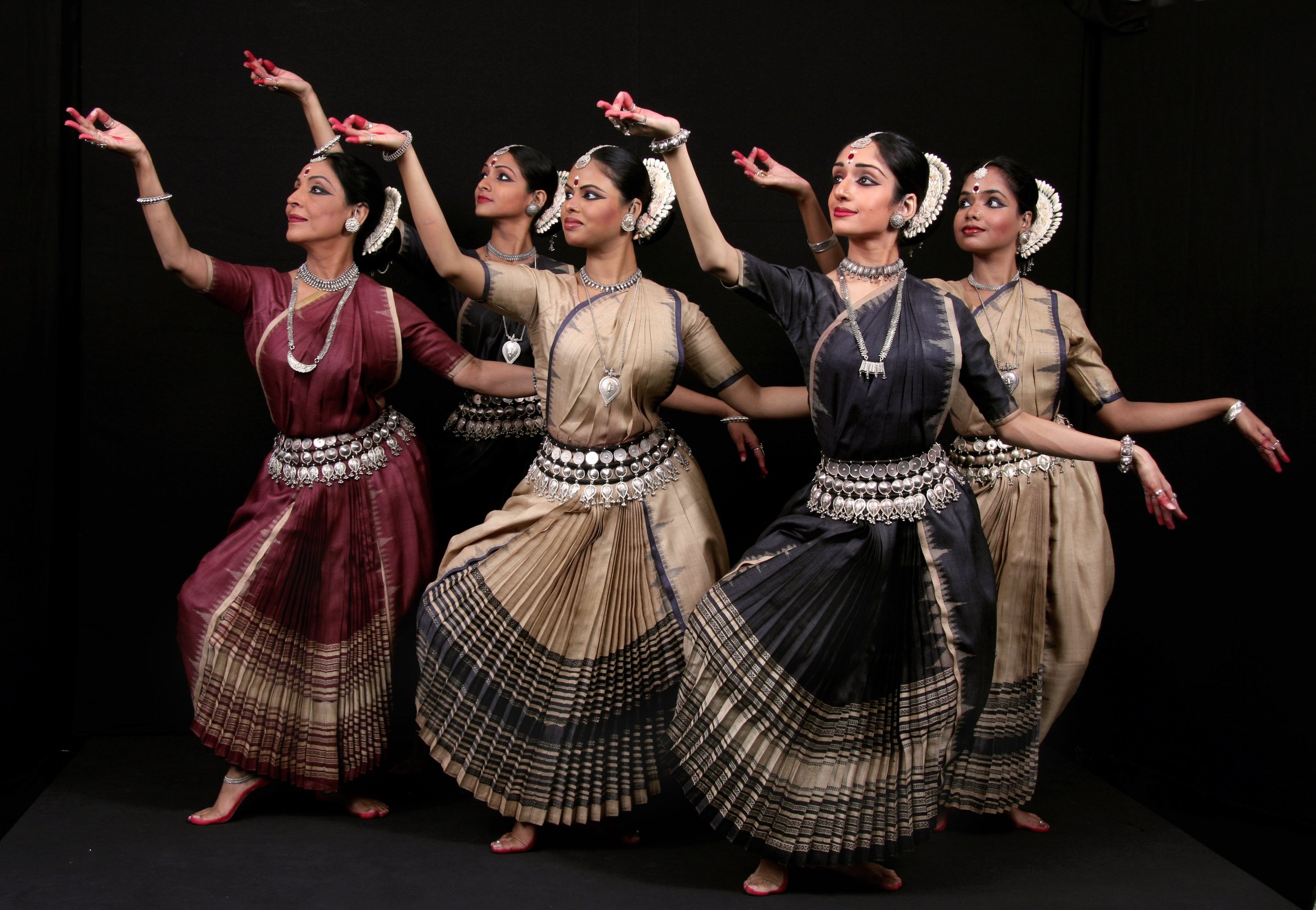
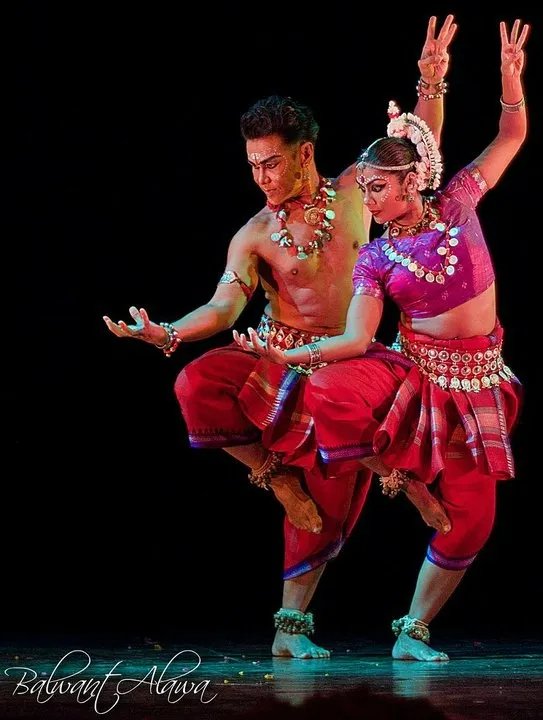
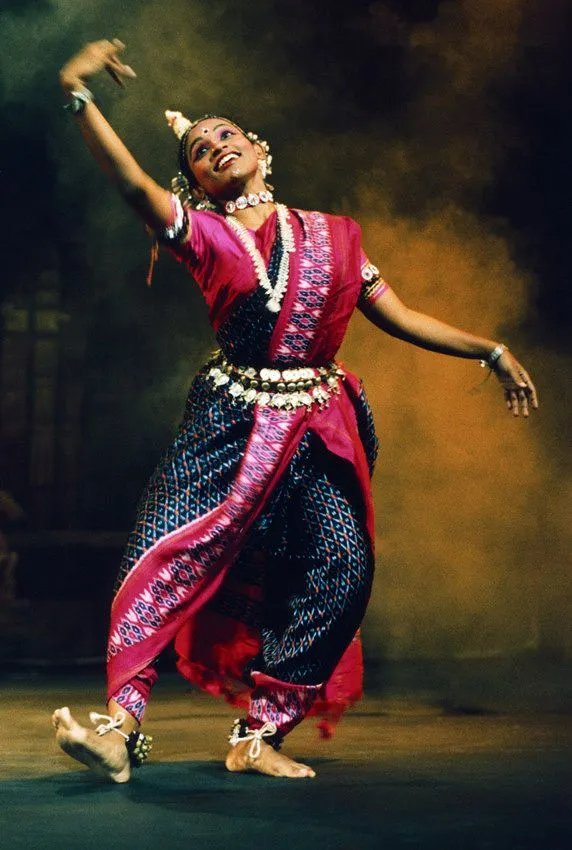
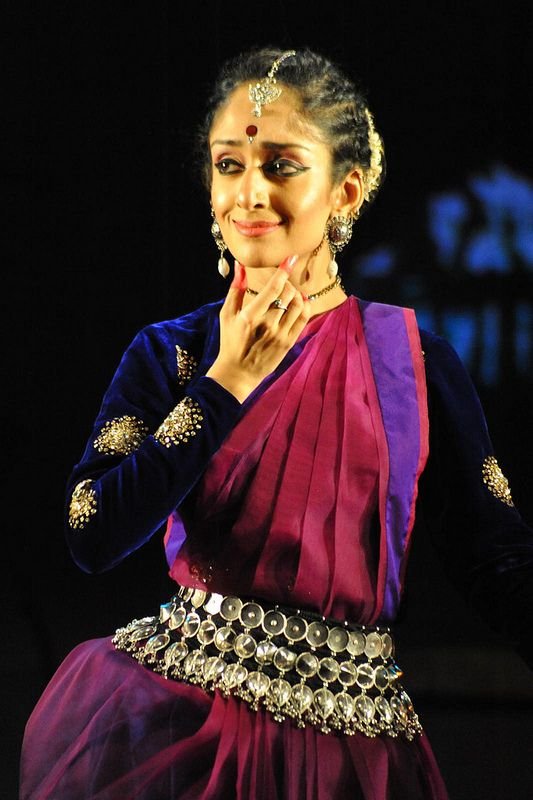
As odissi dancers each one of us carries a responsibility to represent orissa’s culture and tradition in all its glory. Costume and jewellery tell a very important story and ignoring that would take away alot of flavour from this beautiful dance form. It is essential that each one of us understand the effort and dedication that weavers, traders and tailors put into making a perfectly crafted sari.





